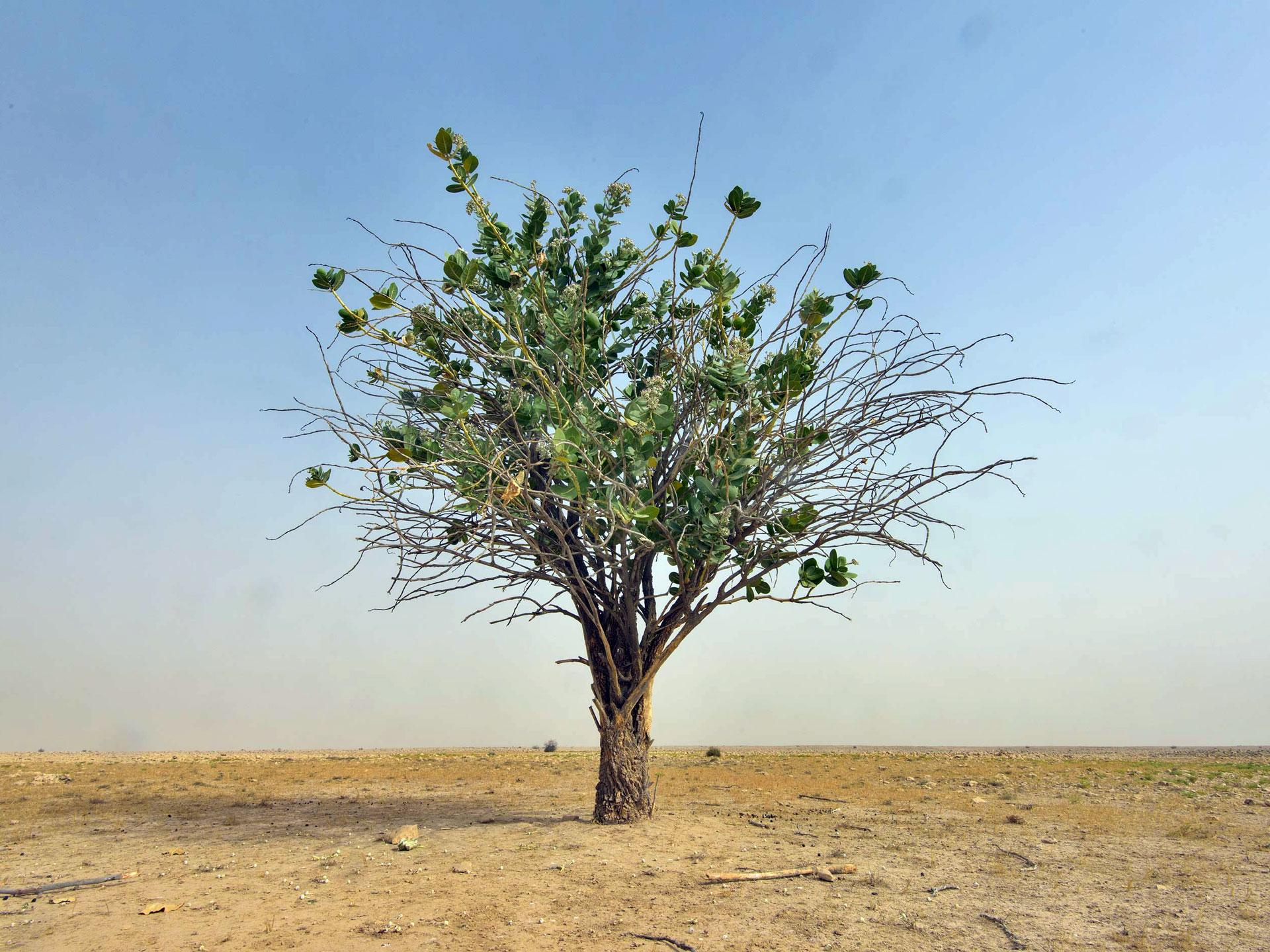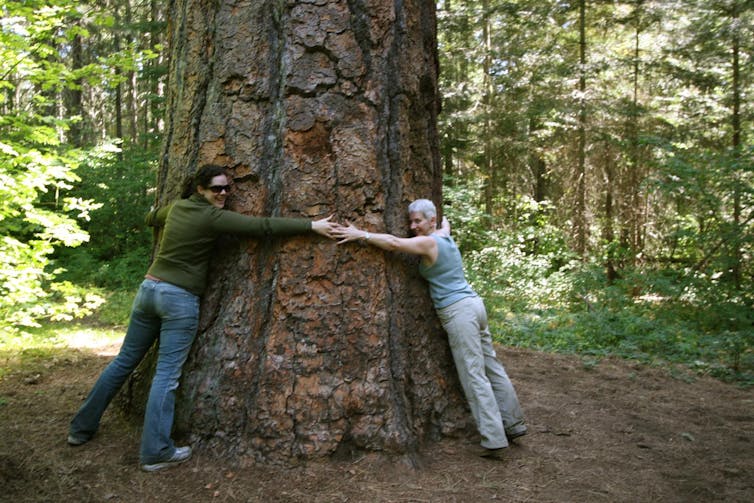How (and why) to stay optimistic when it feels like the environment is falling apart
Humans love optimism. It’s a no-brainer – optimism makes us feel good and wanting more. This attraction has deep neurological roots that affect both our brain functions and how we process new information.
For this reason, optimism is powerful. Optimistic individuals or groups frequently perform better in sports, are better negotiators in business, and recover faster from illness. Feeling optimistic may well be a self-fulfilling prophecy.

Providing optimism in the face of environmental reality can help people stay aware and hopeful for a positive outcome. Photo: A. Sergeev
But for scientists trying to communicate dark and difficult messages about conservation, extinction risks or climate change, pessimism can also be a useful tool (and a logical outcome). Shock headlines grab attention – and may more accurately reflect reality. But too much leads to fatigue and disengagement.
Published in the journal BioScience, our research outlines steps to usefully combine optimism with pessimism when talking about environmental conservation.
We took a deep dive into the literature from psychology, business, politics and communications disciplines, to understand how positive and negative thinking influence human performance.
Know your target audience
To make your environmental message stick, first you need to know who your target audience is. What are their daily fears and future worries? Do they care about nature for nature’s sake, or only when it impacts themselves? How do they perceive scientists? Knowing their fundamental values helps tailor your message.
Let’s say we want to restore an endangered forest, whose existence has been largely forgotten. The benefits of restoring a forgotten habitat are many: the mental health benefits of walking among wise, old trees, the busy routine of forest creatures that churn the soil, increasing forest productivity and cleaning the rivers that flow beyond, and the abundant fruit that falls from the canopy. Not to mention the beauty and wonder of nature, which inspires and enlightens.
Clearly, the benefits of conserving the forest can be framed in many ways for many audiences, whether their primary concerns are environmental, social, economic or personal. Knowing the values and fears of your target audience helps identify what information will resonate.
Build awareness of the threat
Shock grabs attention, so clearly explaining a dire environmental issue is a good strategy for generating initial awareness. An impeding or recent loss (for example, the River Franklin in Tasmania, or fish within the Murray Darling Basin) has a greater attention-grabbing property than positive news, particularly when framed to address the audience’s key concerns. This is where pessimism is necessary – and in fact may simply be realism.
In our endangered forest, the valuable wood has been logged to near extinction. Without the tree’s shade the soil has turned toxic and hard under the baking sun, rendering the land unsafe for human use. The inaccessibility of the last remnant patches means few people can experience their wonders and they will soon be lost from common memory.

Forest accessibility is important for hikers - Shutterstock
This is where the first step, understanding your audiences’ values, helps. For keen hikers the accessibility of forests may be most important. For those focused on the cost of living, you might highlight that without the forest filtering and cleaning drinking water they will need to pay for water treatment plants.
If the trees become extinct so will a sustainable logging industry, which reduces employment. (It also speaks to intergenerational equity, where earlier generations benefited at the expense of later generations.)
Build optimism with success stories
While negative news grabs attention, in the absence of hope it can quickly lead to despair and disengagement. By introducing optimism in the face of environmental crises, people can remain both aware and hopeful for a positive outcome.
Indeed, expectation of a positive outcome is a key motivator for people to commit to a cause. But where can optimism be found when all is seemingly lost?
Optimism can be built on back of environmental success stories. In our example, the endangered trees produce more seeds than needed to replace old trees. Using these seeds, a local community has reforested toxic land where an old forest once stood, producing early signs of a healthy restored ecosystem. Such a success story provides optimism for other communities to envisage success in their own backyard.
Provide a path forward
Neither hope nor fear alone will change people’s behaviour. To allow change, people must believe their actions can make a difference. Therefore, our next step is to infuse optimism with efficacy, by offering the audience a pathway to engage with the issue.
The initial success of the restored forest breathed optimism into other revival efforts. But without public pressure, local governments can see investment in restoration as unnecessary (especially when the town’s water treatment facilities need updating anyway).
However when councils are convinced and communities engaged we can sow the seeds of recovery and create the community stewardship needed for long-term care.
Create community spirit
Our final step is to build a sense of community. Believing in the collective ability of a unified group gives us motivation and commitment. Belonging to a group can empower the individual, helping them confront an issue they would not tackle alone.
Positive community spirit is hard to overlook. Mike Lemmon/flickr, CC BY-NC-SA
Encouraging the target audience to form community groups can see a trickle of public pressure increase to a flood. Local administrators may overlook the demands of one or two forest-loving individuals, but it’s hard to ignore a group of voters seeking action.
The power of positive thinking has long been recognised. But environmental optimism is no panacea. It needs to be balanced with the reality of environmental pessimism. Both have their motivating virtues and finding a balance between them attracts attention and inspires action over the long-term.
Our forest example was derived from our experience with restoring Australia’s lost oyster reefs. South Australia’s 20 hectare oyster reef restoration was enabled by the local enthusiasm of a rural community, which was empowered by the expertise of an NGO and solution-seekers within several government departments; all underpinned by the credibility of university research.![]()

About the authors
- Dominic McAfee, Postdoctoral researcher, marine ecology, University of Adelaide
- Sean Connell, Professor, Ecology, University of Adelaide
- Zoe Doubleday, Research Fellow, University of South Australia
This article is republished from The Conversation under a Creative Commons license. Read the original article.

